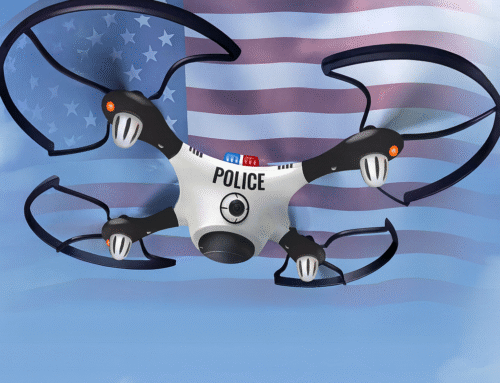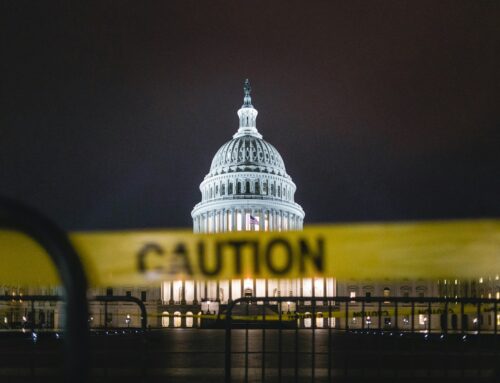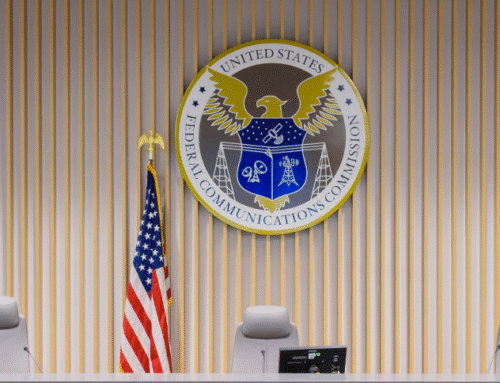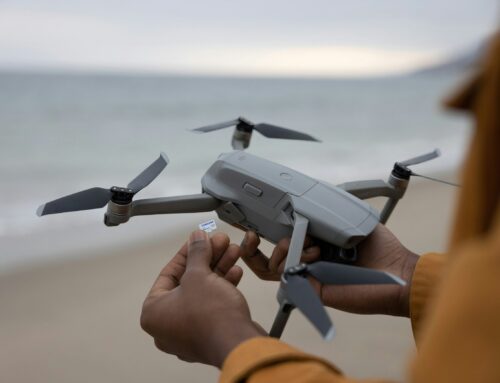For the broader state, Arizona spends big on its drone fleets. The Department of Public Safety owned 17 drones by 2020, and had 22 certified pilots. The drones are connected to DPS’s aviation unit—used across investigations, rescues, and public safety missions for the State of Arizona. In FY 2025, they tapped $2,890,000 from the Public Safety Equipment Fund to equip officers with gear—drones included. Note: that covers all equipment—guns, radios, vehicles, plus drones.
Also, in state legislation for FY 2026, $1 million from the General Fund went to DPS to help local agencies buy and deploy drones. DPS’s aviation section—which includes drones—is reviewed in an Auditor General report. That report notes DPS charges internal agencies only for limited costs: pilot overtime, fuel, and maintenance. But real costs (like training and aircraft depreciation) are much higher.
Let’s narrow down to see how police departments in Maricopa County, Arizona are doing, specifically those spending over $100k on the drone programs:
Scottsdale Police Department — $308,000
Scottsdale’s new Aerodome drone costs about $308,000 with its dock and software. It’s designed to launch remotely (from a real-time crime center) and reach any call in its 3-mile zone in ~85 seconds. This first drone covers roughly 28 square miles of the city, with plans to add 5–6 more over time.
Under the 2024 deal, Scottsdale bought the Aerodome UAV with Flock Safety’s software and docking. So the $308K price tag buys the drone itself, its rooftop dock, flight-control software, and related equipment. For that range, a full citywide fleet would cost on the order of $1.5–2 million.
That price includes the hardware and necessary software updates/support. It’s paid from the police budget, similar to buying patrol cars or camera systems
How does it work? When you call 911, Scottsdale’s Real-Time Crime Center can immediately launch this Aerodome drone from a rooftop. It flies out at ~60 mph, giving officers an aerial view in under a minute and a half. A live video feed then streams to the responding officers’ phones.
Before this program, officers had to physically carry a drone to the scene and then deploy it. Now the drone “arrives” much faster. Chief Walther and Assistant Chief Slavin have stressed this is meant to supplement officers (a “force multiplier”), not to patrol neighborhoods on its own.
Before this, Scottsdale already had other smaller police drones (DJI models) for on-scene use like the Inspire 1 bought back in 2015, kickstarting their drone program. Those were manually flown by officers who had to bring them to a call. The new Aerodome drone is the first remote-deployed unit. City officials say they will station this first drone in Old Town (south Scottsdale) because half of the city’s calls come from south of McDonald Drive. The police chief plans to eventually have half a dozen drones to reach the full 184 sq mi of Scottsdale.
Tempe Police Department — $175,000
Tempe PD spends $175,000 every year on its drone program, which covers training, maintenance, software. The pilots need to be well-trained and up to speed on FAA rules. They also need software licenses for flight planning and video storage. Repairs add up, too.
Drones like the DJI Phantom Pro 4 are used for multiple roles: rescue, surveillance of disaster scenes, tactical support, and evidence gathering.
What about actual spending outside the drone hardware? We don’t have the full line‑item budget. However, typical annual costs include:
- Pilot certification (Part 107): $150–300 per person
- Software subscription: $5,000–10,000 yearly
- Battery array & chargers: thousands more
- Maintenance and spare parts: varies
The bulk still goes to salaries and training. Cities often bundle drone ops into the police budget, so it blends with other costs.






